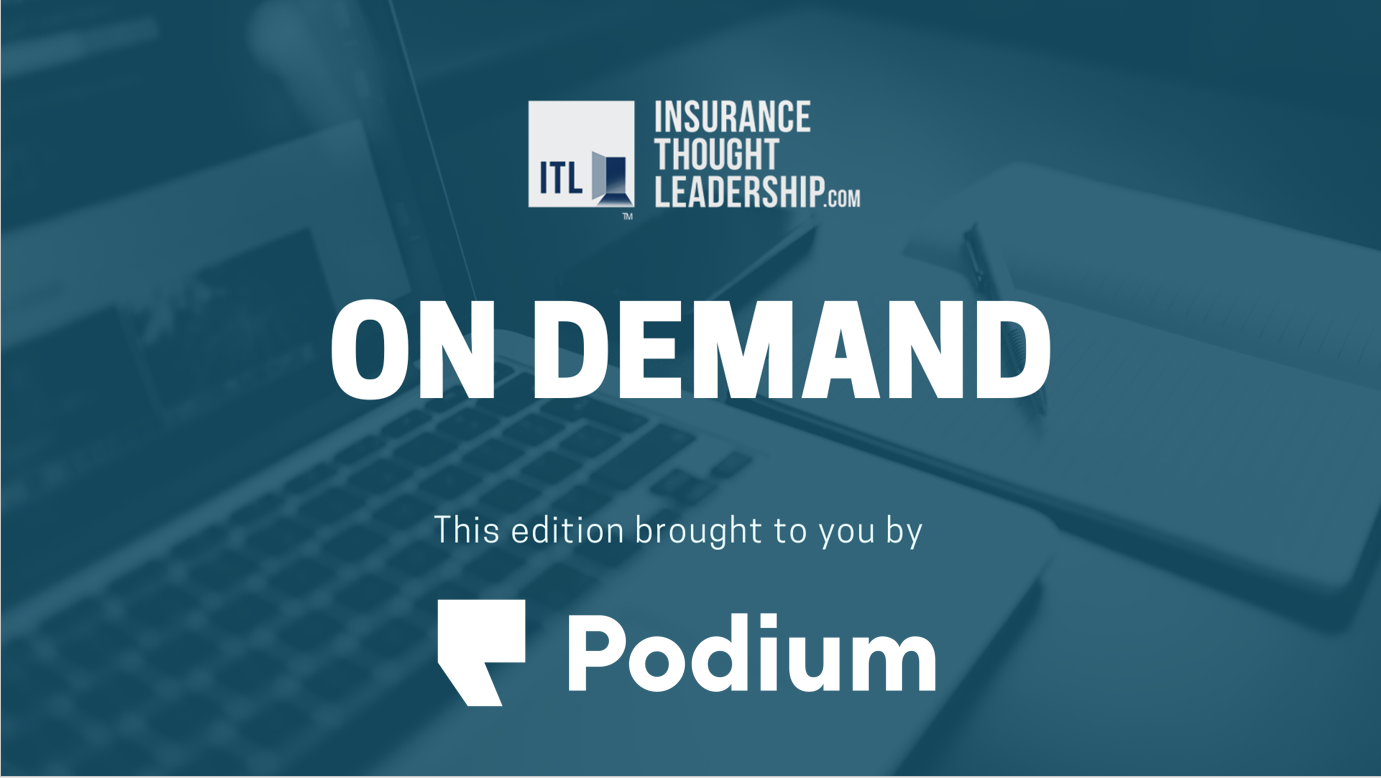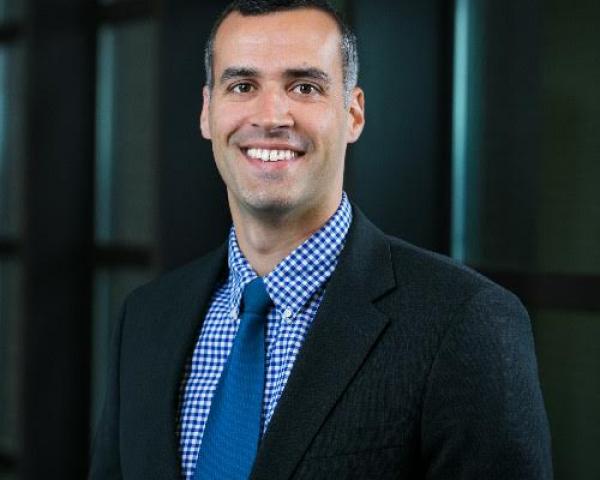At the International Insurance Society's annual forum last week, several CEOs of major insurers said they foresee a very different world post-pandemic -- one where trust in insurers not only needs to increase but must take a different form; one where work happens in different places at different times in different organizational structures, all at far greater speeds; one where the challenges increase, but the opportunities do, too.
Amanda Blanc, group CEO at Aviva, said on the opening CEO panel that the "one overriding challenge" she sees is "trust, and the reputation of the industry. I’d say it’s fair to say the industry has had sort of a mixed record over the past six months."
Others agreed, though Dan Glaser, president and CEO of Marsh & McLennan, added that trust has long been a problem. "It may be at a low now," he said, "but it wasn’t coming from a high."
Dean Connor, president and CEO of Sun Life, said he thinks the industry needs to generate a new sort of trust. "100 years ago," he said, "the question was, If I give you my money, will you be around in 50 years to give it back? So, we expressed our brands as beautiful, big buildings. But now, the question is, What are you doing with my data? We really need to pay attention to client data."
Glaser said he thought that, broadly speaking, while cybersecurity was something that people "weren't really talking about a decade ago, it's the No. 1 risk right now. Imagine what a firm would be like if you couldn’t talk to your employees or your clients.... The idea of a cyber hurricane looms for the entire industry, where you might have multiple events in multiple countries at the same time."
Gabriele Galateri, chairman of Generali, agreed that cyber has become a huge issue but noted the opportunities that come along with the increased digitalization of the industry. "On the other side," he said, "the impact of the technology on all our processes and products is just extraordinary -- the way we can be more flexibility and creative and make our products much more personalized."
Connor said he's seen a "step change in productivity that’s not going to go away," as well as an acceleration in decision making. He said that, back in the spring, Sun Life went right to market with a product that in the past would have first involved extensive back-and-forth with brokers. "Instead, we just put it out there, and, boom, 500,000 Canadians signed up for health care." He said he wants that sort of speed to continue.
At Generali, Galateri said, he couldn't believe how fast the company could go digital. He said he's seen in weeks or months the kind of progress that could have taken five to 10 years, though he said that "reskilling" and "upskilling" remain big challenges and that structural changes to the business will be needed to take full advantage of digitalization.
At Aviva, Blanc said she's spending a lot of time thinking about how to design the workplace of the future, how to design a collaborative work space that fosters the right culture. "The workplace of the future will be very different than the workplace of the past," she said. For the moment, she added, "while people used to talk about working from home, now they may say they're living at work."
Whatever results, Connor said, will involve a flatter organization structure, because of what businesses have learned during work-from-home during the pandemic. "COVID has flattened organizations," he said. "CEOs don't just talk to their leadership team. They can talk to everyone." The question, he said, is: "How do we use this time as an accelerant?"
The panelists singled out low interest rates, now cemented in place by the economic crisis that the pandemic has caused, as a hurdle for the industry. Any company that depends heavily on returns on investments will find those hard to come by, perhaps for years, and will have to be much more accurate in its underwriting.
But Connor said, "You could also flip that around and say there’s an opportunity. How do you construct a retirement plan" when interest rates are so low? Companies that can help clients do that will win, he said. He added that COVID has heightened awareness of health and mortality. "Our clients need what we do," he said.
He's broadly optimistic, too, about how 2020, as crazy as it's been, could help produce needed social change, such as on racial inequality, and sees a role for the insurance industry.
"Look at all the change that can happen in just a generation or two," he said. "Think of smoking cessation, drinking and driving, all the millions in Asia who’ve been pulled out of poverty and into the middle class. The Me Too movement has had a profound effect.
Glaser said that "maybe a silver lining of COVID is that while we are all at home watching our screens, some things that happened in the world were unavoidable." He cited the killing of George Floyd by a police officer who knelt on his neck for nearly nine minutes as an event that made him rethink assumptions about "inequality in general, about health outcomes, about access to education. People, me included, are used to the idea of unequal outcomes in a capitalist world. What's clearer now is the extent of the unequal opportunities."
The panelists committed to doing their part through hiring and training to reduce inequities, as they prepare for a post-pandemic world where they have to forge new types of trust relationships with clients, where the work environment will be different and where the challenges and opportunities will change.
"There's more to be optimistic about than to worry about," Glaser said.
Or, as Blanc put it: "I think the insurance industry is incredibly adaptable, and I look forward to seeing what we can do."
Stay safe.
Paul
P.S. To watch the video of the CEO panel or to learn more about the forum, you can check out the IIS site here.
P.P.S. Here are the six articles I'd like to highlight from the past week:
Future of Insurance: Hyper-Personal
Protection products will increasingly have to be dynamic, meeting the needs of each individual as preferences and life circumstances change.
How COVID Alters Claims Patterns
Claims in some lines, such as entertainment insurance, have surged, while traditional property and liability claims have been subdued.
3 Silver Linings From COVID-19
Insurance is positioned to thrive in the virtual world as the need for large processing claims centers and customer service hubs vanishes.
How to Unlock a ‘Customer 360’ View
Why do so many insurance companies fail to deliver on their customer-centric objectives? It almost always boils down to inaccurate data.
How to Engage Better on Auto Insurance
Believe it or not, your policyholders would like to hear from you more often―and communication can affect policyholder loyalty.
Keys to Limiting Litigation Liability
Risks associated with GL and AU claims can be managed, even with “social inflation,” “nuclear verdicts” and tough jurisdictions.
























